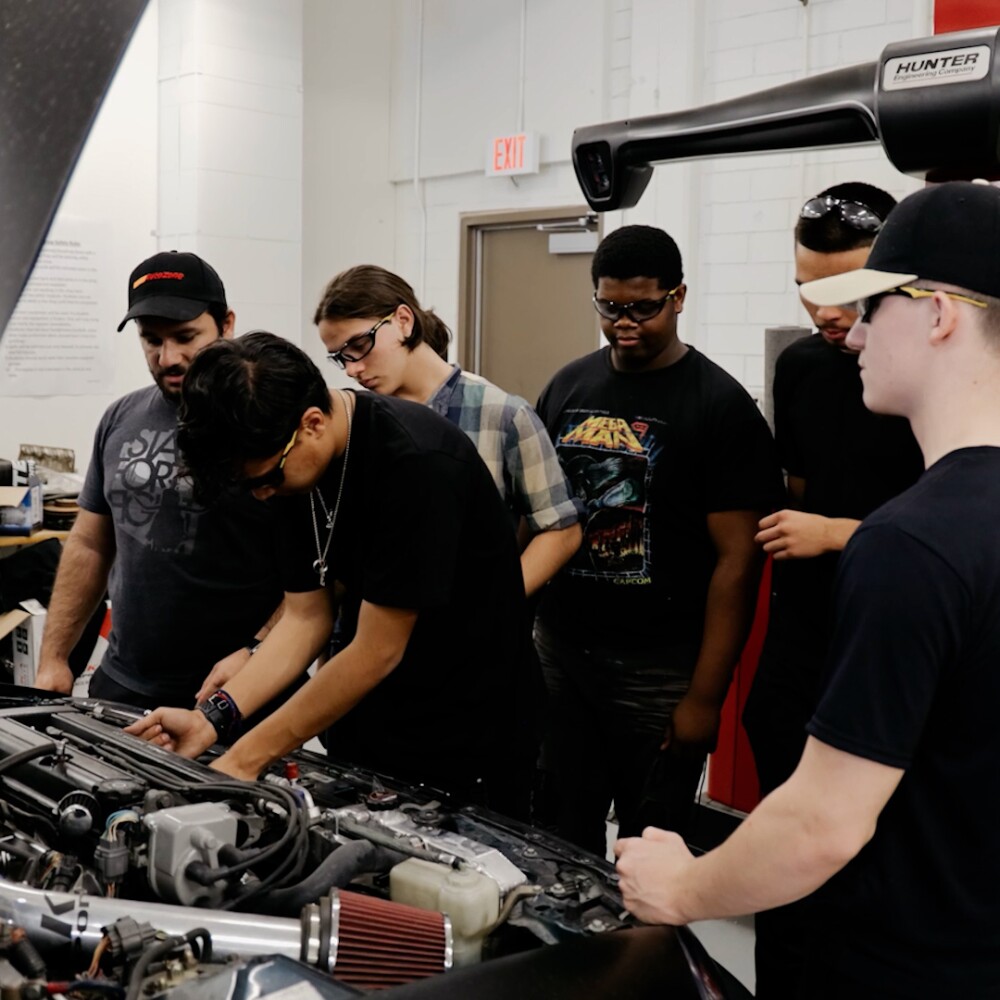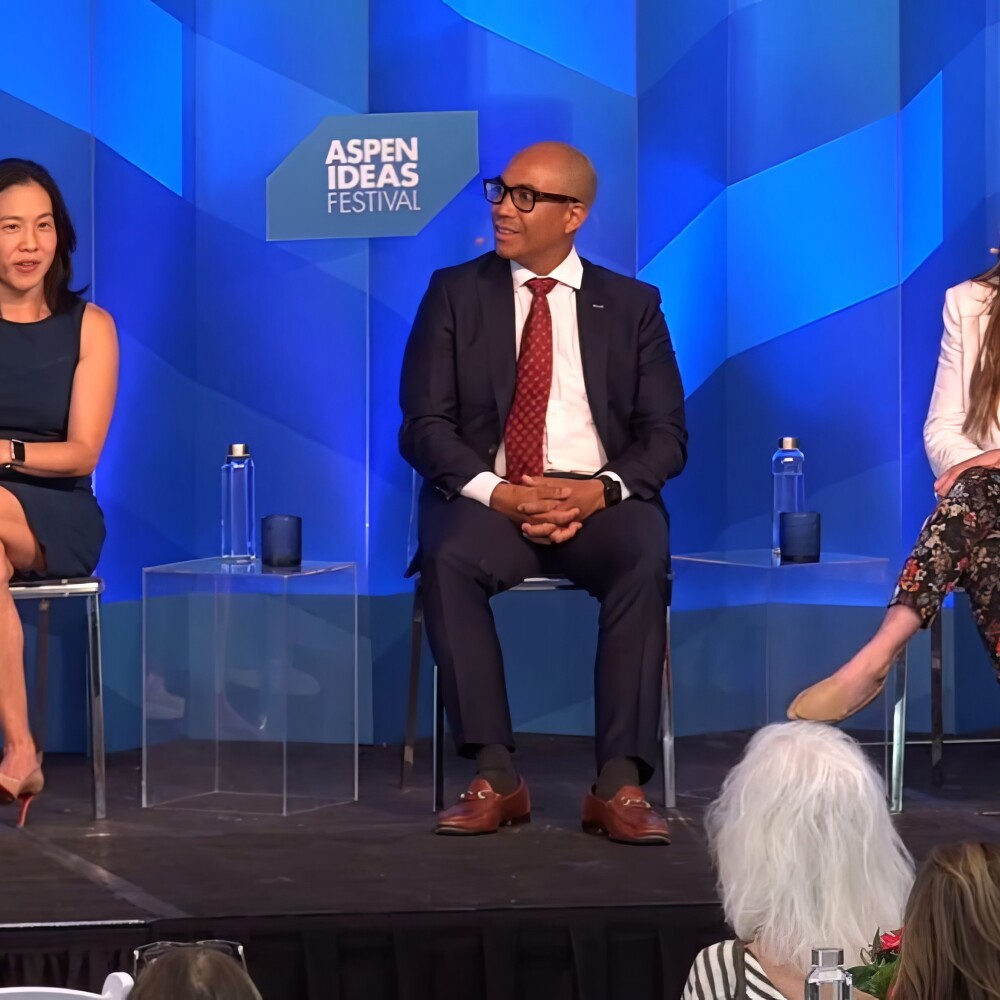For more than three decades, the Walton Family Foundation, where we work, has supported the creation and growth of thousands of schools to seed educational innovation. To date, the overwhelming majority of schools launched with foundation resources have been public charter schools—our investments of more than $420 million have helped start more than 2,200 charters. In our view, high-quality charter schools are a critical part of the solution to improving education for all students. As such, we are deploying resources to support school districts willing to transcend traditional boundaries and partner with public charter schools to scale what works.
As Atlanta’s public schools were recovering from one of the nation’s biggest standardized test cheating scandals, Meria Carstarphen, the district’s new superintendent, came on board with a plan. Carstarphen was appointed in 2014 at the end of more than five years of controversy and investigation. She introduced the APS Turnaround Strategy in 2015, an ambitious plan to improve around 40 persistently struggling schools. Relying on multiple strategies, the plan added school-based staff, had struggling schools partner with charter operators, and put empowered principals and teachers in charge of the schools’ decisions around staffing, pedagogy, curricula, and school culture.
The foundation has for more than two years supported district efforts like Atlanta’s to intervene in and improve struggling schools. Other districts we partner with, including leaders of school systems in cities like Camden, N.J., and Indianapolis, take bold steps to improve the schools that aren’t working for children. Tactics vary, but partnerships with top charter operators to create and fund more schools and increase the autonomy of educators are leading to better student outcomes. Because these leaders are willing to grow what works—even in the face of criticism from many stakeholders—children, families, and communities are beginning to see improvements.
So what does this look like on the ground? The foundation gave $2.1 million to Atlanta public schools to support Carstarphen’s turnaround strategy. In Indianapolis, Walton invested $2.3 million to help educators launch seven schools. These schools work outside the district’s authority when it comes to operations and academics, but they are accountable to the district when it comes to student achievement. And our $5 million investment in Camden’s facility fund has helped to build or renovate three school buildings, which serve more than 1,000 students.
The sizable challenges in urban schools can’t be met with any single approach, which is why superintendents need to innovate to respond to urgent community needs. We believe they should enlist high-quality charter school leaders as critical partners and close traditional public and charter schools that aren’t serving students well.
Thomasville Heights Elementary School, one of a dozen of Atlanta’s high-poverty elementary schools that persistently ranked among the lowest-performing in the state, is an example of one successful charter-district partnership. As of 2016, only one out of every 10 students in 3rd grade read at or above grade-level targets.
But in August of that year, Purpose Built Communities, a Walton grantee which helps establish high-performing schools, stepped in to turn around the elementary school. It did so with new leadership, staff, and a dedication to improving school culture.
Eighteen months later, the school has 32 more full-time instructors, 360 more minutes of weekly enrichment activities, higher student enrollment, and six times as many parents and guardians attending parent-teacher conferences. In the 2016-17 school year, the students moved from the 21st to the 30th percentile in math and from the 19th to the 30th percentile in social studies, according to Mathematica Policy Research.
These kinds of partnerships can also spread successful practices to other public schools in a district. With support from Walton and other funders, Atlanta’s district leaders are intervening in 19 public schools, hiring additional reading and math specialists and providing extended learning time for students and professional development for teachers.
When in-school efforts are paired with out-of-school supports, it also becomes easier for parents to access information about how their children and schools are performing. Atlanta’s public schools launched a website for district parents with information on school quality. And, in Indianapolis, parents no longer have to submit multiple applications for school enrollment or search to find relevant school performance data. Instead, there’s now an online school enrollment tool for parents created by Enroll Indy, a Walton grantee.
We recognize that, when it comes to improving persistently underperforming schools, the hard work lies ahead. There is no easy or one-size-fits-all fix, as the research bears out: A 2017 study by the U.S. Department of Education showed there were almost no effects on student achievement, high school graduation, or college enrollment, in spite of a $3 billion federal effort to improve chronically low-performing public schools.
Districts need to make sure funding for school improvement is paired with bold leadership and an overarching vision by educators who aren’t afraid to take risks. This includes allowing promising and proven public charter schools to open and grow. Despite the progress, the Atlanta public school board has not authorized a new standalone charter school since 2014, unfortunately, even though many parents are on charter waiting lists.
It is important to seize every available opportunity to get more students into great schools. We need different types of high-quality educational options. We must put the decision-making power in the hands of those who know students best—educators and parents. By acting with a willingness to push beyond the confines of traditional school district structures, children, families, and communities will benefit.
This article originally appeared in Education Week.




